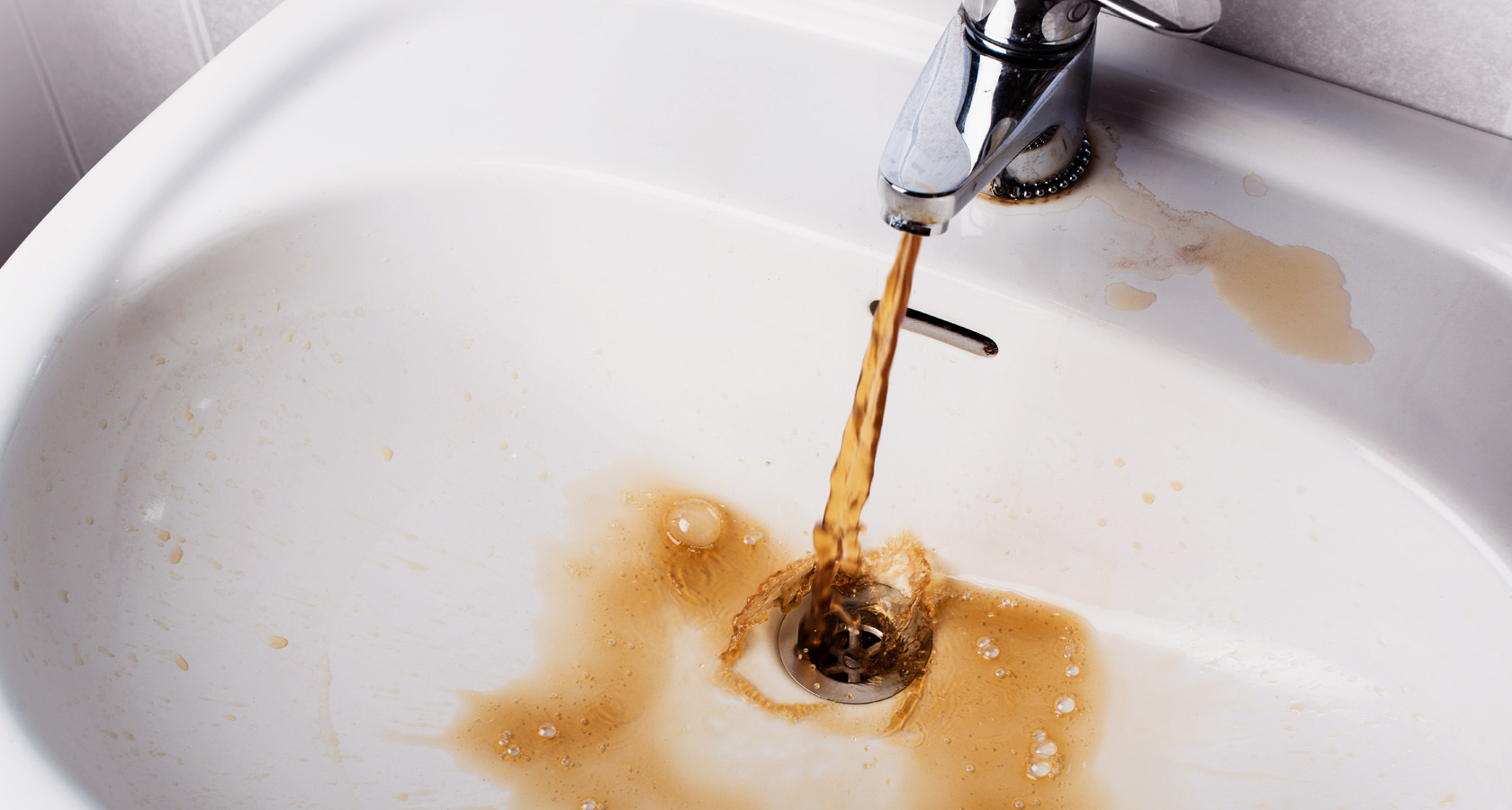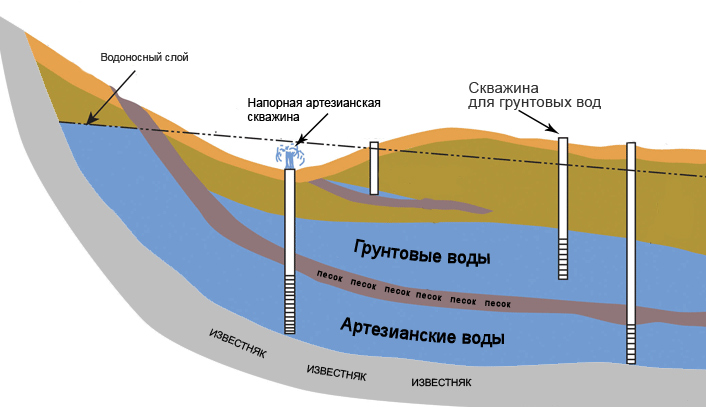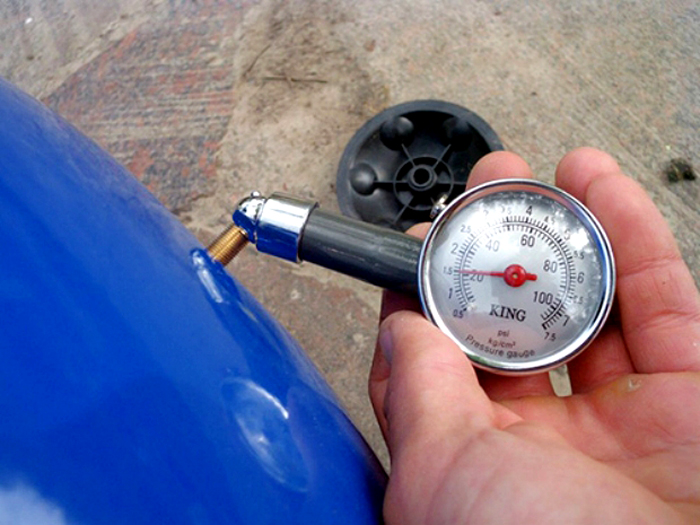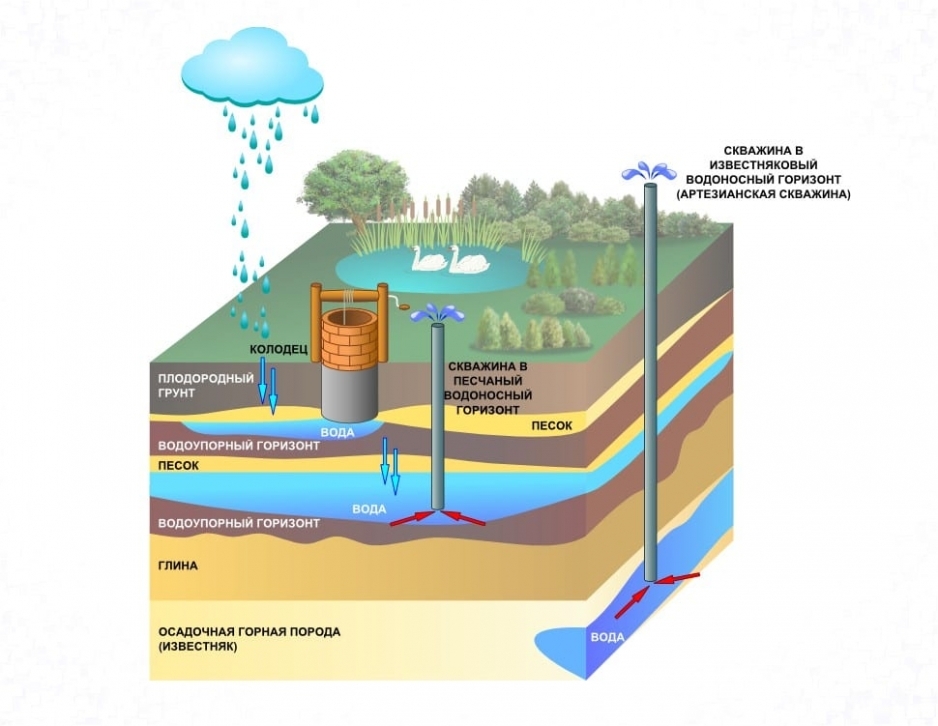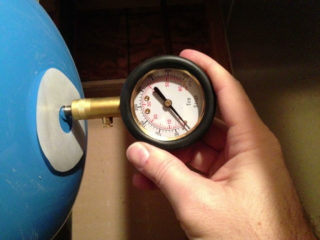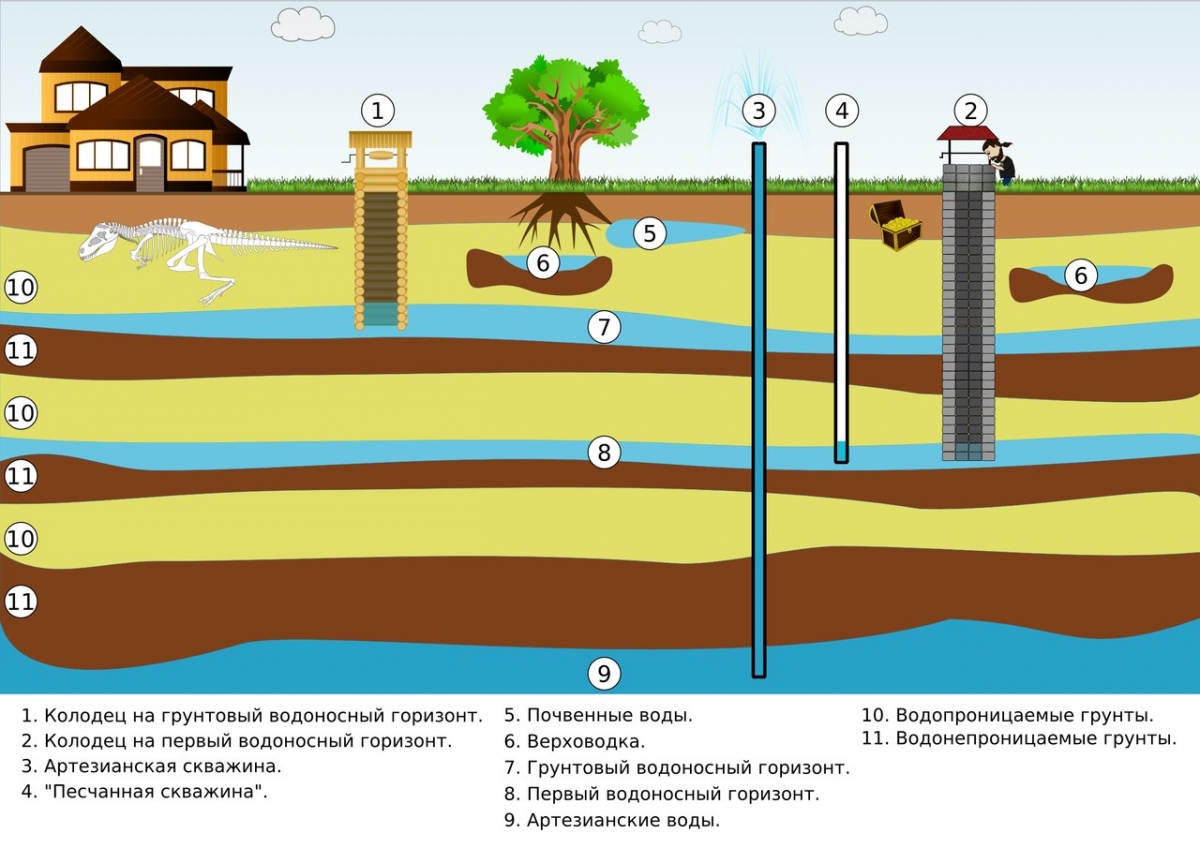Arrangement of an autonomous water supply system for a summer house or cottage does not require any permits, it will save time and nerves. And sometimes this is the only way to provide the house with water. There are many firms professionally dealing with this issue. If you decide to equip the water supply system at home with your own hands, read our recommendations carefully. They will help you avoid mistakes and get a high-quality result with minimal losses.
The advantages of autonomous water supply
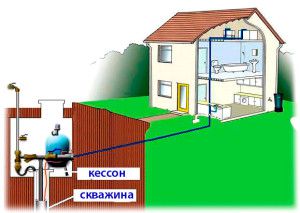
- You control the pressure in the system. Often, the pressure in the centralized water supply system of a dacha cooperative is not enough for full watering or maintenance of a bathroom on the second floor of the house;
- You always have a supply of water. Equip an autonomous water supply station with a storage tank. If the electricity goes off, the house will not be left without water. The second important function of accumulators and membrane tanks is to maintain pressure in the system;
- Guaranteed water quality. Before being fed into the house, water from an autonomous source of water supply is filtered (if necessary) and supplied through plastic pipes. Most centralized systems consist of old metal pipes, so everyone is used to rusty, muddy water.
Preliminary calculations
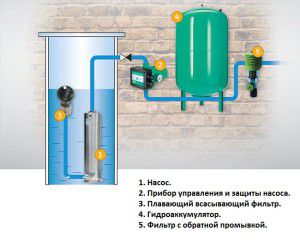
You should start calculating the autonomous water supply of a country house with your own hands by determining the volume of water necessary for the comfort of the residents of the cottage. After the pump power is calculated, the type of automatic protection system. Based on the data obtained, it is possible to select equipment for the installation of autonomous water supply.
The standard scheme of autonomous water supply for a private house or summer cottage includes:
- place of water intake;
- water pumping mechanism;
- pressure meter;
- membrane tank or accumulator;
- filter and other devices, if necessary, pipes, taps, adapters, valves.
If an autonomous hot water supply system is planned, a heating device is provided in the country. This can be an electric boiler, a gas double-circuit boiler, or a heat exchanger built into a wood-burning stove.
Water supply source
The selection of an autonomous source of water supply is the first stage of work. As a rule, one of the following options is chosen:
- well "on the sand";
- artesian;
well.
The cheapest and easiest autonomous source of water supply is well water... But the well will not be able to provide large volumes of water - no more than 200 liters per hour. This is enough for watering the garden, but then you have to wait until the well is full. The quality of the water is also questionable. The corpses of mice or birds are often found in the wells; after a flood, the water does not have time to be filtered by the soil and carries all the dirt from the surrounding area into the well. One advantage of a well over a well is that it is easier to clean.

Well "on the sand" supplies water from an upper aquifer no deeper than 30 meters. To supply water to the well, a submersible pump is lowered. The quality of water from the well "on the sand" is not bad, but periodically the well should be cleaned from siltation. And it is recommended to filter the water. The volume of water is also enough for the residents of one cottage or suburban area.Problems can arise with autonomous water supply from a well "on the sand" only when filling the pools.
Artesian well this is the best option for autonomous water supply. Water is supplied from deep layers under its own pressure, therefore it is not filtered. A good well is enough to supply water to the residents of the whole village. And the only drawback of artesian wells for autonomous water supply is that they are difficult and expensive to drill. The duration of drilling with special equipment can reach one and a half weeks, so an artesian will cost a pretty penny. It is impossible to equip such a source for autonomous water supply of a country house with your own hands without the involvement of equipment and professionals. Your own artesian well must be registered, because deep waters are the country's strategic reserves.
A sample of water obtained from an artesian well is handed over to a laboratory for research! Crystal clear liquids may contain unacceptable concentrations of mineral salts or metals.
Artesian wells are subdivided into perfect and imperfect. Perfect well provides very large volumes of water because it passes through the entire aquifer. The well fills up very quickly and there is enough water for everyone. Imperfect well only reaches the aquifer. It is good for a sufficiently thick aquifer that does not need to be fully explored.
One of the good water supply options for a country house, available for making with your own hands - abyssinian well... Installation of this compact and inexpensive design for stand-alone water supply is simple. Some residents of private houses install an Abyssinian well directly in the underground.
Water supply to the house
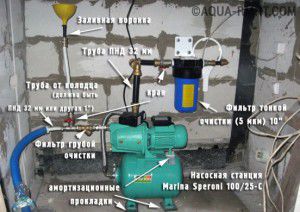
The most comfortable and expensive option for water supply with autonomous water supply is a pumping station. Its equipment requires a pump, an electric motor, a hydraulic accumulator and a pressure sensor. In such an autonomous water supply scheme, the pump starts and stops independently, and a certain amount of water is always contained in the membrane tank of a private house. The pumping station provides the necessary pressure, which is sufficient, for example, for a whirlpool bath. The equipment of an autonomous water supply station is placed in a specially designated room. A mesh filter is put on the end of the outlet pipe and the pipe is lowered into the well. At least 35 cm should remain to the bottom. To fix the placement of the pipe, it is attached to a pin previously driven into the floor of the well. A simplified version of the water supply is a set of a submersible pump, a membrane storage tank and a float sensor.
The water main is buried in the ground deeper than the freezing mark. Additionally, the system is insulated against icing. The pipe is also introduced into the water intake source below the freezing level.
A coarse strainer and a non-return valve are placed before the pump, a thin one with carbon filling - in front of the distribution pipeline in the house. Next, place the sensor and pressure switch. The entire station is powered from the control panel. In order for the station to work correctly in the future, it is necessary to debug the pressure switch mode.
Pump selection
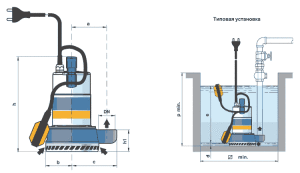
There are two types of pumps for autonomous water supply schemes for private houses: submersible and superficial... When selecting, the main role is played by the properties of the water intake point. A pumping station of medium configuration is able to extract water from a well of 10 m and raise it by another 40 m.When the water intake point is far from home, it is more expedient to install a self-priming centrifugal pump equipped with an external ejector in an autonomous water supply system with your own hands. If the depth of water is not more than 7 meters, you can use a surface model, in other cases - a submersible model.
Submersible pumps are more powerful, small in size, so they can be operated in a limited area.
All pumps for autonomous water supply systems in the country and in the house are divided into:
- centrifugal;
- vortex;
- screw.
If there is a lot of sand in the water, centrifugal is preferable.
pump. But the vortex ones provide a greater water pressure and
they are cheaper. And for open reservoirs, screw
pumps.
The scheme of the pumping station when supplying water from a well and a well is the same. But there is an alternative method of installing an autonomous water supply - directly above the well, without using a separate room. To do this, equip a container - caisson.
The order of the construction of the caisson
- Around the borehole pipe, dig a hole approximately 2.3 m deep. The diameter of the hole is equal to two diameters of the caisson.
- Pour the bottom with concrete 25 cm thick.
- Lower the caisson into the pit.
- The pipe should come out of the caisson by 0.5 m, the excess is cut off.
- To lay the water pipe, dig a ditch about 2 m deep.
- Lower the pump into the caisson, connect it to the well pipe.
- Pour concrete about 40 cm between the outer wall of the caisson and the ground.
- When the mortar has hardened, cover with a mixture of sand and cement, leaving 0.5 m to the top.
- Lay a layer of earth on top of the cement-sand backfill.
- Install a pump accumulator with sensors and other equipment in the room.
- Connect the equipment and pipelines to each other, start the power supply.
- Fill the line with water, check for leaks.
Plastic or metal-plastic pipes are the best solution for an autonomous water supply system at home or summer cottage. Unlike metal ones, they do not rust, and you can organize an autonomous water supply system at home with your own hands without the involvement of expensive craftsmen and special equipment.
Video on how to install the caisson correctly:

